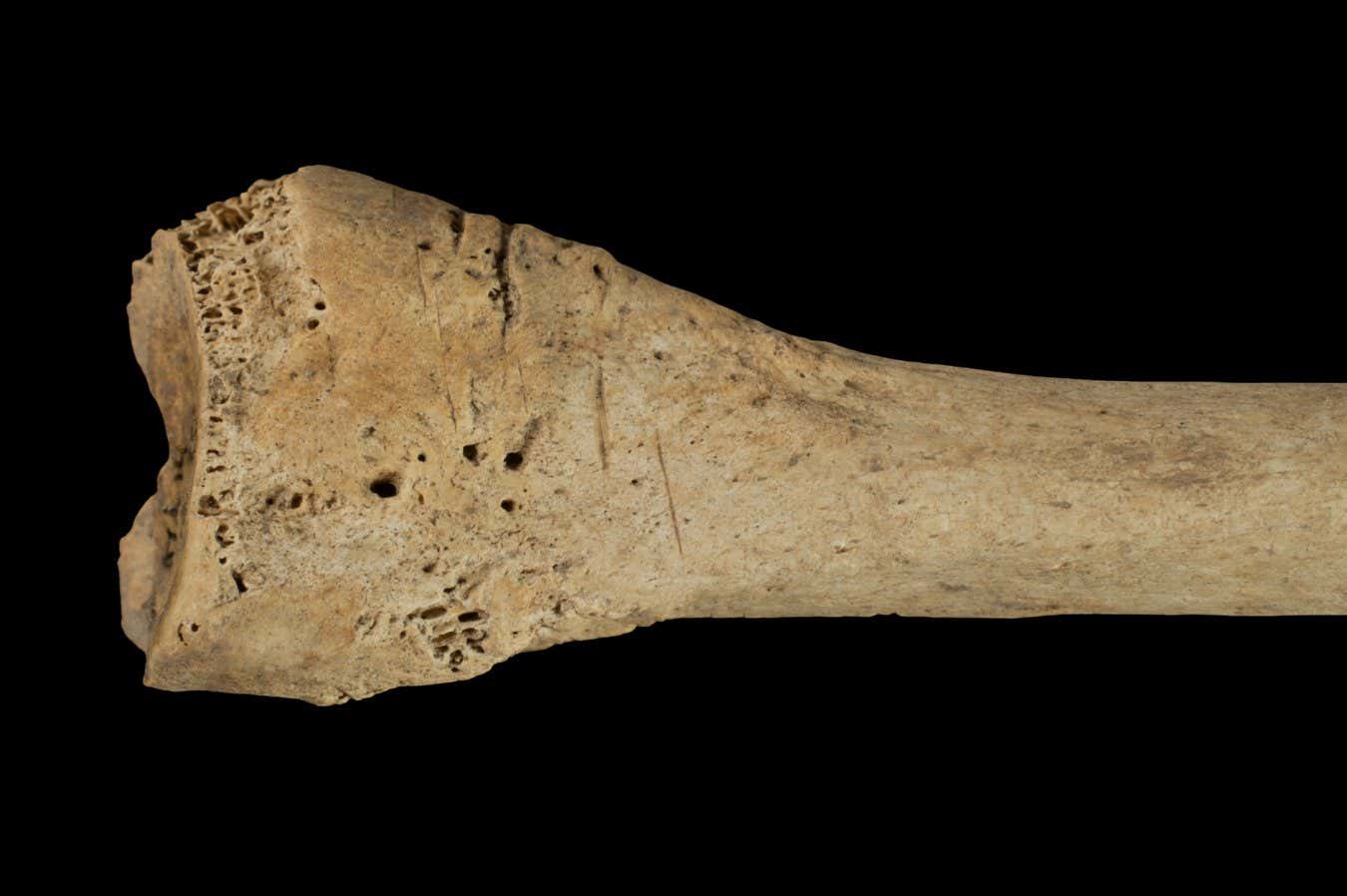Now Reading: Ancient Cannibalism Evidence Uncovered in Spanish Cave
1
-
01
Ancient Cannibalism Evidence Uncovered in Spanish Cave
Ancient Cannibalism Evidence Uncovered in Spanish Cave

Speedy Summary
- Researchers discovered butchered human remains in El Mirador cave, northern Spain, dated back 5700 years to the Neolithic period.
- The remains belonged to 11 individuals who had signs of cannibalism: chop marks, evidence of boiling, broken bones for marrow extraction, and human teeth marks.
- Study indicates this was not due to famine since animal remains were abundant and showed no signs of nutritional stress.
- Radiocarbon dating suggests all individuals were killed and consumed within days; ages ranged from under 7 to over 50 years old, indicating conflict targeting an entire group or family.
- Researchers theorize cannibalism in this case was tied to warfare with possible intent of humiliation or ultimate elimination.
- Similar practices observed at other Neolithic sites in Europe like Fontbrégoua cave (France) and Herxheim (Germany), indicating widespread instability during this era.
- Experts debate whether the act also held ritualistic significance alongside aggression-driven motivations.
Image Description:
Cut marks on a foot bone from El Mirador cave in Spain (IPHES-CERCA).!campaign=RSS%7CNSNS&utmsource=NSNS&utmmedium=RSS&utm_content=home”>Read More
Stay Informed With the Latest & Most Important News
Previous Post
Next Post
Loading Next Post...


























